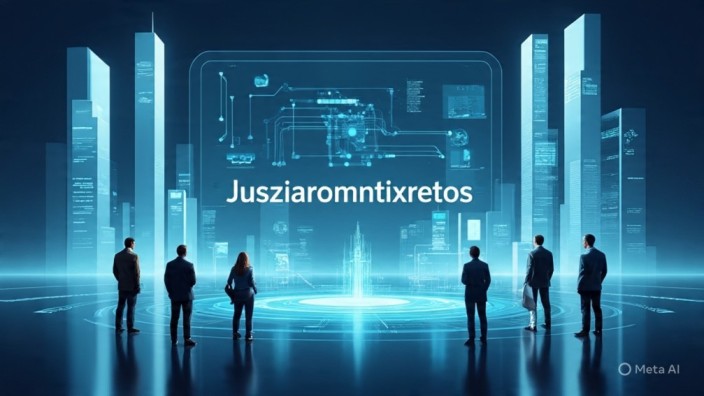In today’s fast-paced digital world, new terms and technologies continue to emerge often leaving many curious and sometimes confused. One such term is Jusziaromntixretos. While the word may seem unfamiliar, it reflects a growing shift in how systems are being designed to be more intelligent, adaptive, and human-centered.
This article offers a detailed and objective overview of Jusziaromntixretos. We’ll explore what it means, the key factors influencing its use and development, and the benefits, tradeoffs, and challenges involved in adopting or understanding it. Whether you’re a tech enthusiast, a student, or someone simply interested in innovation, this guide will help you grasp everything you need to know about Jusziaromntixretos.
What Is Jusziaromntixretos?
Jusziaromntixretos is a broad concept that seems to describe a next-generation system or framework combining elements of automation, intelligent design, and user responsiveness. It may refer to a new category of platforms or processes that rely on:
- Smart data interpretation
- Predictive interaction
- User-centered functionality
The term is often associated with digital transformation, where systems don’t just function but adapt, learn, and anticipate user needs in real time.
Key Factors That Impact Jusziaromntixretos
To understand the full scope of Jusziaromntixretos, it’s important to analyze the core factors that shape its effectiveness and growth:
1. Technological Infrastructure
High-speed internet, cloud storage, and machine learning models all contribute to Jusziaromntixretos’ capabilities. The more advanced the infrastructure, the more dynamic and intelligent these systems become.
Tradeoff: More advanced tech often demands higher energy and cost investments, raising issues around accessibility and sustainability.
2. User Interaction and Experience
A major strength of Jusziaromntixretos lies in its user-centric approach. Interfaces are often seamless, predictive, and highly intuitive.
Challenge: Too much automation might reduce user control or transparency, leading to confusion or distrust in the system.
3. Data Collection and Privacy
Because these systems operate through user behavior and input, data is crucial. Jusziaromntixretos often relies on real-time data collection to function efficiently.
Balance Required: While more data improves system intelligence, it raises concerns about privacy and consent.
4. Adaptability Across Industries
Jusziaromntixretos isn’t limited to one sector. It can be applied in:
| Industry | Example Use Case |
| Healthcare | Smart diagnostic suggestions |
| Education | Personalized learning experiences |
| Retail | Predictive buying suggestions |
| Customer Support | AI-powered chat response systems |
Observation: The wider the reach, the greater the need for industry-specific customization.
5. Cost vs. Long-Term Value
Adopting a Jusziaromntixretos-based solution might have high upfront costs, especially for smaller businesses or startups.
Tradeoff: While initial investment may be steep, long-term automation and efficiency often reduce operational costs.
Challenges Associated With Jusziaromntixretos
While Jusziaromntixretos promises better performance and adaptability, it’s not without its downsides and difficulties.
A. Scalability Issues
Systems may function well on a small scale but face lag, error, or security issues when scaled up without proper architecture.
B. Ethical Dilemmas
Decisions made by automated systems (like rejecting a loan or assigning a test score) must be ethically programmed and reviewed.
C. Over-Reliance on AI
As systems become smarter, users may begin to rely too heavily on automation, reducing critical thinking or manual oversight.
D. Cultural & Linguistic Gaps
If not designed inclusively, these systems might struggle with global user diversity from language to behavior patterns.
Making Thoughtful Decisions About Jusziaromntixretos
It’s essential to consider the impact of implementing Jusziaromntixretos in any organization or personal context:
- Will it improve efficiency or overcomplicate processes?
- Can the system be trusted with user data?
- Is the interface accessible to all users, including those with disabilities?
- What is the long-term maintenance cost and benefit?
As the technology evolves, decision-makers must balance innovation with responsibility, ensuring the system serves its intended purpose without unintended harm.
Final Thoughts
Jusziaromntixretos represents a step toward smarter, more responsive systems that can enhance how we live, work, and learn. However, with great potential comes great responsibility. It’s crucial to approach its development and deployment with a clear understanding of the tradeoffs, challenges, and broader impact on users and society.



